Fabulous Flower Facts
Flowers enchant us with their lovely scent and striking beauty, but many flowers have hidden talents. Flowers and plants have been used medicinally for thousands of years. Some flowers, such as the lotus, have religious or historical significance.
Many flowers may also have unusual characteristics or forms. Delve into the fascinating world of flowers and gain a fresh appreciation for these plants.
Here are a few fabulous flower facts for you to enjoy!
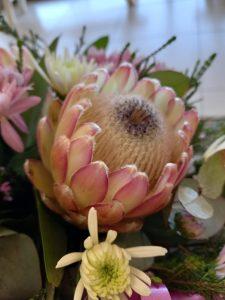
- Tulip bulbs were more valuable than gold in Holland in the 1600s.
- Chrysanthemums are associated with funerals in Malta and are considered unlucky.
- Buchu is great for hangovers. Just place a small handful of fresh leaves in boiling water and drink as a tea.
- The very expensive spice, saffron, comes from a type of crocus flower.
- The largest known flower in the world is the titan arum, which produces flowers 3 m high and 0.9 m wide. The flowers smell of decaying flesh and are also known as carrion flowers.
- When the Vikings invaded Scotland, they were slowed by patches of wild thistle, allowing the Scots time to escape. That’s why the wild thistle was named Scotland’s national flower.
- Australia has the greatest diversity of protea species. Although South Africa is associated with proteas more than any other country, Australia has the largest collection of species on the planet—over 850. South Africa comes in at second place, with more than 330 species.
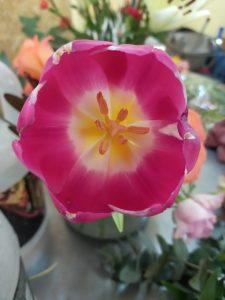
8. Scientists discovered the world’s oldest flower in 2002, in northeast China. The flower, named Archaefructus sinensis, bloomed around 125 million years ago and resembles a water lily.
9. Strelitzia or bird of paradise flowers are pollinated by sunbirds, which use the spathe as a perch when visiting the flowers. The weight of the bird when standing on the spathe opens it to release the pollen onto the bird’s feet, which is then deposited on the next flower it visits. Strelitzia lack natural insect pollinators; in areas without sunbirds, plants in this genus generally need hand pollination in order to successfully set seed.
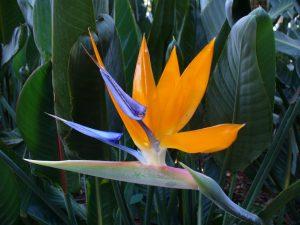
10. Dandelions might seem like weeds, but the flowers and leaves are a good source of vitamins A and C, iron, calcium and potassium. One cup of dandelion greens provides 7,000-13,000 I.U. of vitamin A.
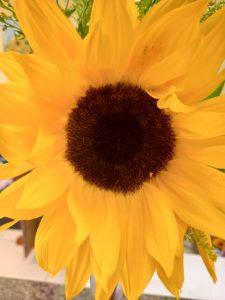
11. Tulip bulbs can be substituted for onions in a recipe.
12. Sunflower heads move throughout the day in response to the movement of the sun from east to west.
13. Carnivorous plants like the Venus Fly Trap get nutrition from eating insects. The Venus Fly Trap has thick leaves that are covered with small hairs. When an insect lands on these hairs, it triggers the plant to snap the leaves together. The plant produces digestive juices like those found in your stomach, which digest the bug in just a few days.
14. Broccoli is technically a flower. The green florets on broccoli stalks are actually immature flowers. If left to grow, they open into tiny yellow flowers.
15. Lavender is a beautiful purple flower that is native to the Mediterranean region. It has a clean, arresting scent that is known to relax people. Today, lavender is used in wreaths, potpourris and linen sprays. In medieval times, lavender was used to treat illnesses and ward off head lice, cholera and even the plague.
16. Many orchids don’t need soil to grow — they can get all the nutrients they need from the air instead!
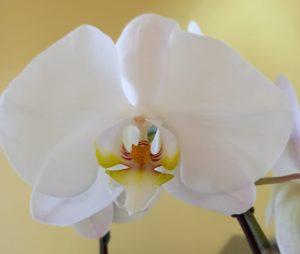
The world of flowers never ceases to amaze. For fascinating facts about our local flowers you can visit the SANBI website and Biodiversity Explorer. To order some of these magical flowers for yourself or a loved one, visit our shop.
